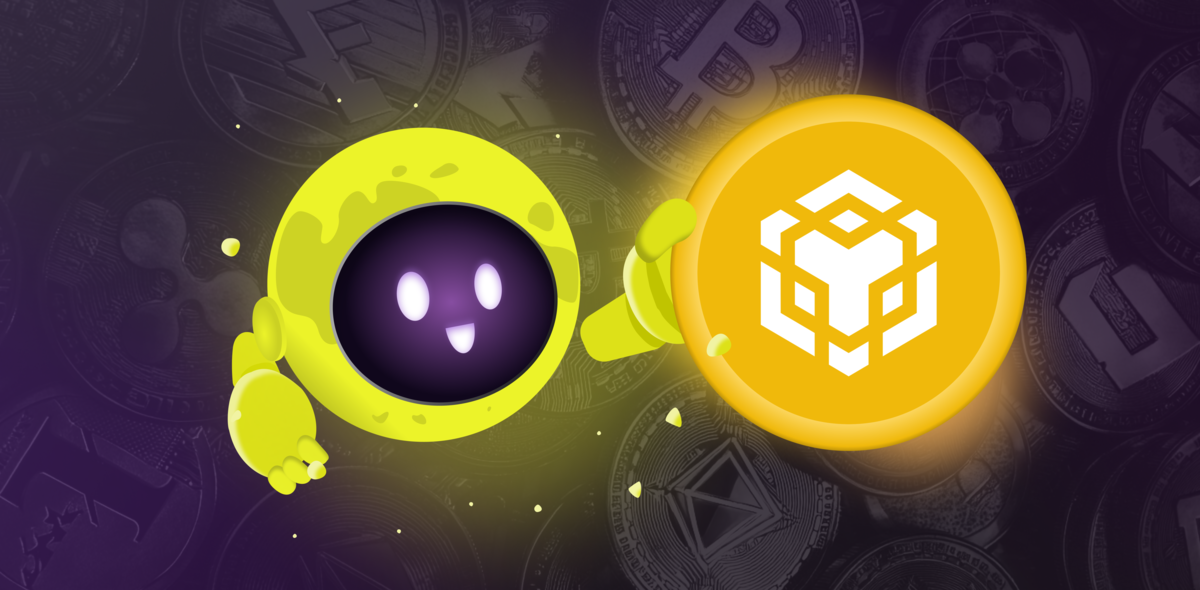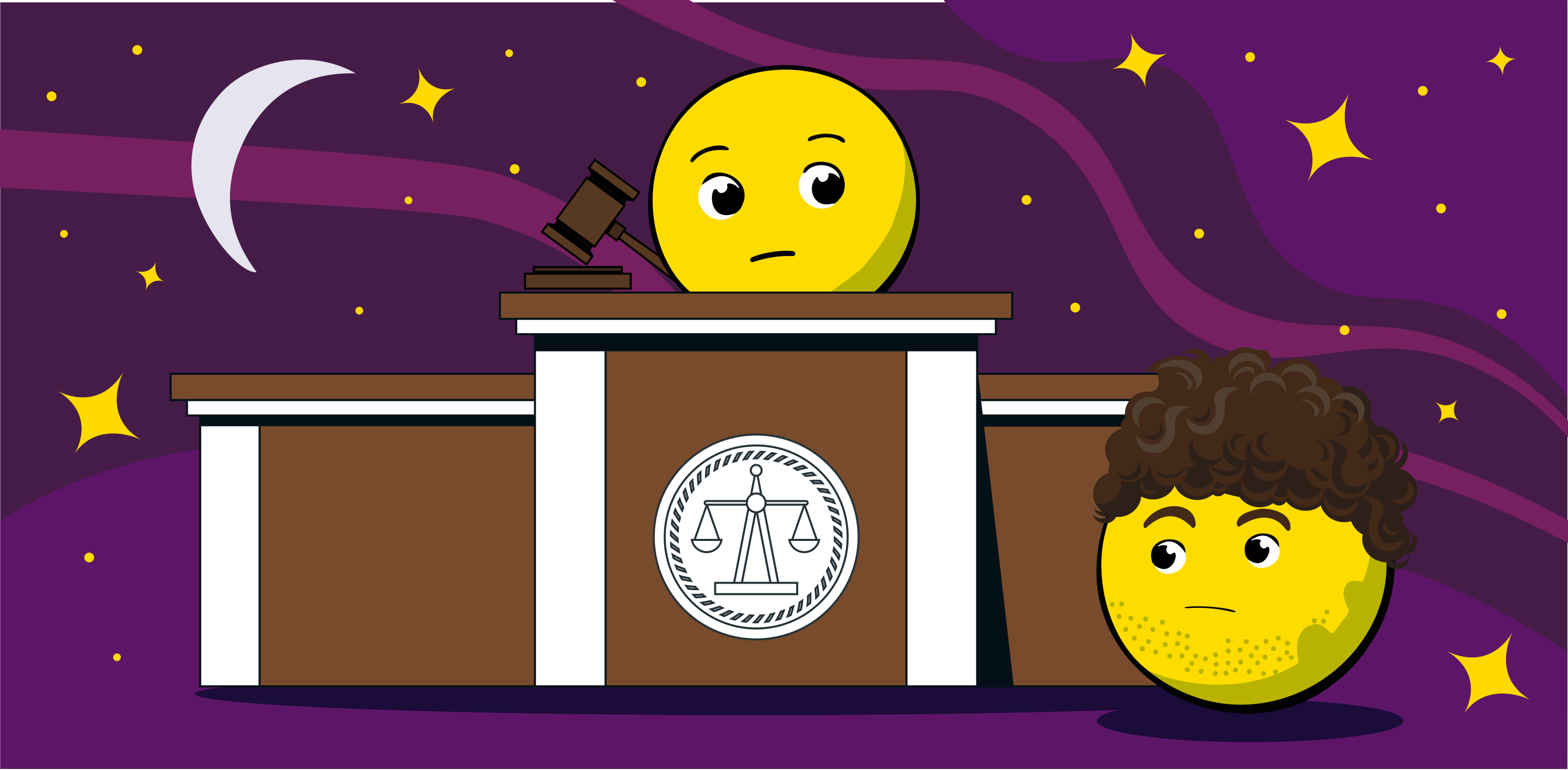
On April 21, Binance released an official statement according to which it will restrict access to its services for users who live in Russia and have assets worth more than $10 thousand. Such clients will no longer be able to deposit additional funds to their accounts or trade on the exchange. They will only be able to withdraw funds.
In March, Binance denied that it was preparing to freeze the accounts of Russians, as this contradicts the concept of the cryptocurrency industry. The company said it was not going to impose restrictions on Russian bidders with the words:
"Cryptocurrencies are designed to provide greater financial freedom to people all over the world. A decision to unilaterally ban consumers from accessing their cryptocurrencies would be contrary to what this industry exists for".
It is worth saying that in the current situation, cryptocurrency is the only financial instrument that allows Russians to try to protect their savings from inflation. A few weeks ago, the Central Bank of the Russian Federation persistently convinced Russians that the cryptocurrency market is extremely risky for private investors and that the only way to save and increase their savings is through the Russian stock market and the national currency.
Such news reminds us that one of the biggest problems of cryptocurrencies at the moment is the centralization of services. Blockchain processing requires a lot of computing resources and time. Therefore, ordinary users who just want to transfer a few coins prefer to use centralized services for this. Most Bitcoin users trust blockchain.info, Ethereum users trust myetherwallet, etc. If these popular wallets are compromised, the funds of a huge number of users will be stolen.. Trust in centralized services leads to the appearance of a single point of failure in cryptocurrencies, allows censorship, and endangers user coins.
As another example, we can cite the protests of truckers in Canada, when the court froze the protesters' funds in cryptocurrency for millions of dollars. These events have shown us that the state has leverage to carry out censorship in the sphere of cryptocurrencies, which seemed to many before, was beyond their control.
Unfortunately, any centralized financial institution can block access of their clients and users to funds: payment systems, banks, classic or crypto exchanges. The problem with crypto exchanges is that they operate based on issued licenses, they have services that are responsive to the regulator and the competent authorities of the countries that issued the license, up to criminal liability. Therefore, at the request of the regulator, a centralized exchange must restrict access or seize its client's funds.
Centralization as solution
Centralization is increasingly seen as a solution to problems. A large network is slowly synchronized, so many cryptocurrencies offer to use a limited number of trusted "master nodes", "witnesses", etc. to "solve the problem" of too many nodes in the network. The number of these trusted nodes may be different, but by using this method to solve scalability problems, developers are also destroying the decentralized nature of the blockchain, since the result of this will be the formation of a cryptocurrency with one functioning node that processes transactions very efficiently, without delays, confirmations, and forks, but in this case, the blockchain becomes unnecessary.
Today, most users do not understand the technical details, so such centralized blockchains will continue to attract them, because centralized services will always be easier to develop and more convenient for the user.
Decentralized Exchanges: an Alternative
Decentralized exchanges (English Decentralized Exchanges, or DEX) are an alternative to CEX. Here you don't have to trust your assets to someone else. Unlike traditional CEX, transactions and trades on such platforms are automated using smart contracts and decentralized applications, and DEX acts only as a platform that only connects the buyer with the seller who wants to sell their tokens.
DEX cannot be closed by any government and regulators, since no organization is responsible for them. But such decentralization has its price. This is a low trading volume, low liquidity, lower transaction speed, and a poor UI, as a result of which it is more difficult to work with such exchanges.
Also, the differences between decentralized and centralized exchanges include the fact that some DEX bet on experienced users. For example, they do not have support services, and they also do not use fiat gateways, unlike CEX.
Decentralized exchanges are aimed at more experienced users who work only with their wallets and want to fully control their digital assets. At the same time, they sacrifice other benefits provided by centralized exchanges. This is an easier user experience, a large trading volume, and higher liquidity.
Examples of DEX’es are Binance DEX, Uniswap, and SwapSpace.
Summary
We have already written that although governments can't ban blockchain use they can marginalize it and slow down its growth until the necessary tools for control will appear.
If a few years ago the marginalization of cryptocurrencies was facilitated by its widespread use on the black market and opacity, now users' fears of simply losing access to funds due to belonging to any social group or nationality have been added to this.
Of course, the listed risks do not outweigh the convenience of CEX for everyone, but it is important to understand that the original essence of cryptocurrency was that an ordinary user could be outside countries, governments, and banks, so attempts to take it away are very alarming.




